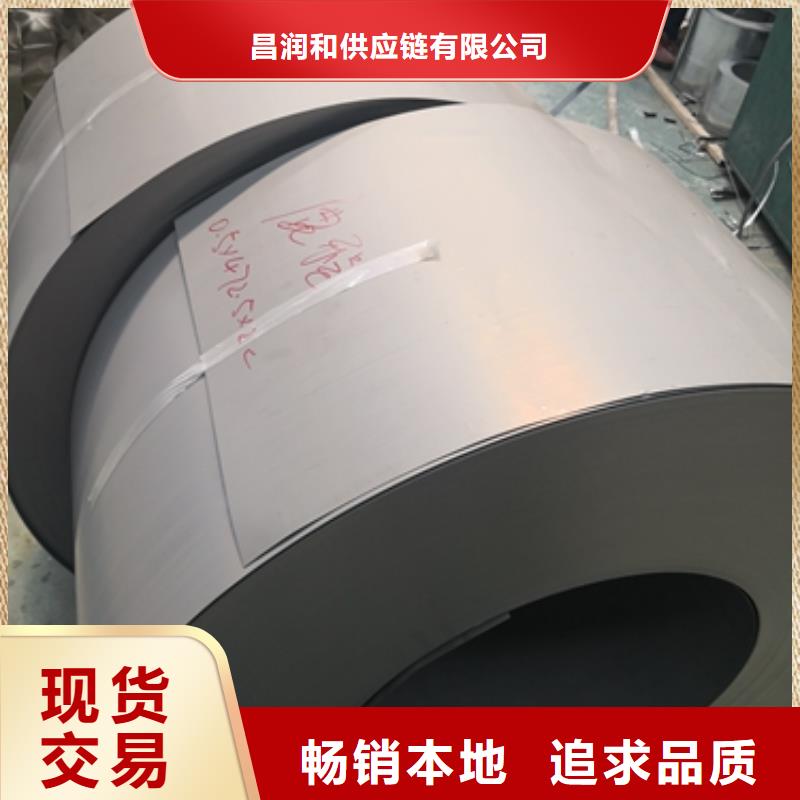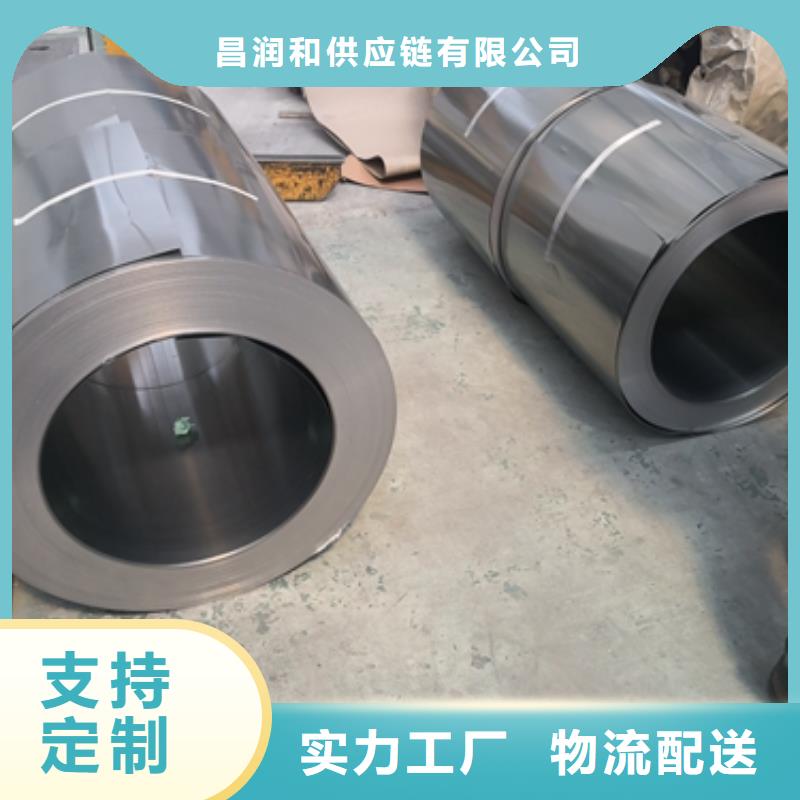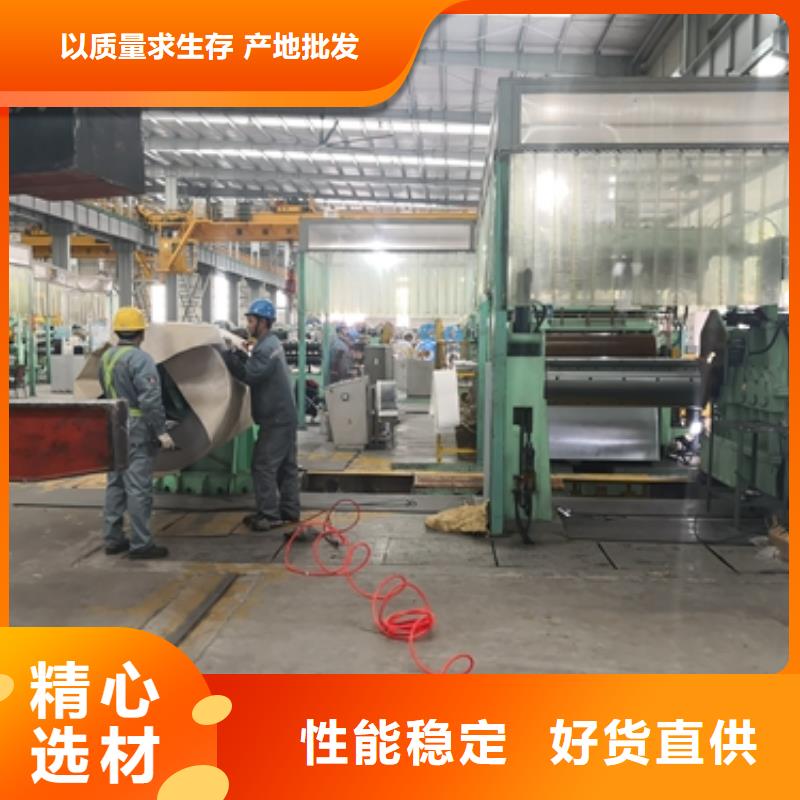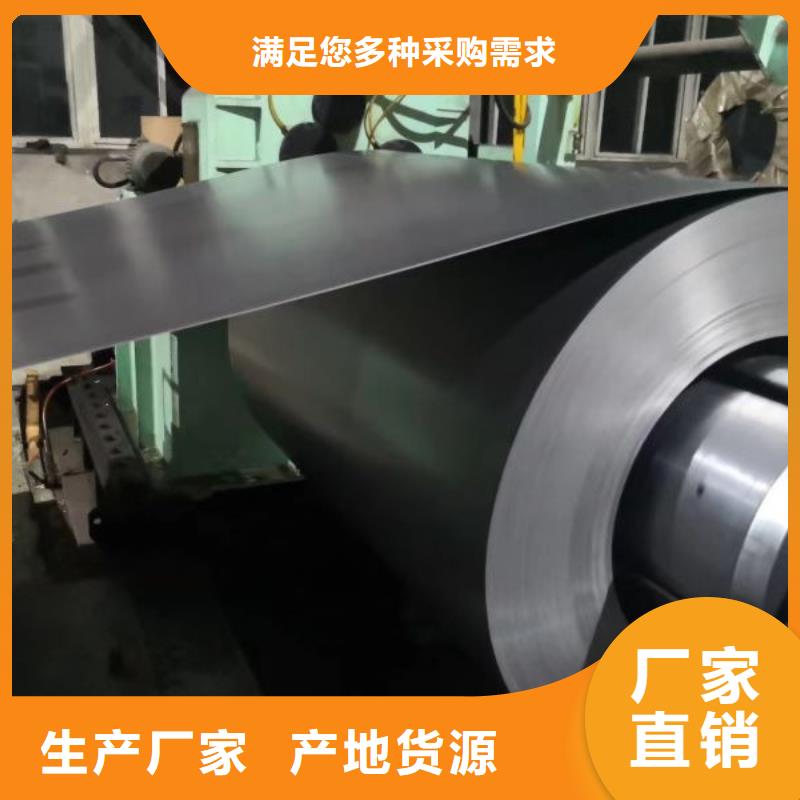B50AR350硅鋼片內銷出口視頻展示,產品更生動!讓您親眼見證其優點和特點,為您的購買決策提供有力支持。
以下是:B50AR350硅鋼片內銷出口的圖文介紹
電工鋼硅鋼片:密度用于計算磁性能和疊裝系數的約定密度為 7.65×103 kg/m3。7.4.2 疊裝系數產品的小疊裝系數應符合表 3、湖北荊州同城表 4、湖北荊州同城表 5、湖北荊州同城表 6、湖北荊州同城表 7、湖北荊州同城表 8 和表 9 的規定。7.4.3 彎曲次數產品平行于軋制方向的小彎曲次數應不小于 1 次。供方如能保證,可不進行該試驗。7.4.4 由內應力引起的剪切邊的偏差產品應盡可能量避免出現內應力。根據需方要求,并在合同中注明,可對寬度不小于 500mm 的材料(縱切分條后的材料)檢測由內應力引起的剪切邊偏差,其縫隙測量值應不超過 1mm。供方如能保證,可不進行該試驗。8 檢驗和試驗8.1 一般要求8.1.1 按本文件簽訂訂貨協議時,用戶可按GB/T 17505規定進行規定檢驗和試驗或非規定檢驗和試驗。然而,對于非規定檢驗和試驗,制造方應提供所需產品的比總損耗值和磁極化強度值。8.1.2 當按規定檢驗和試驗訂貨時,用戶應明確 GB/T 18253 中的檢驗文件的類型。
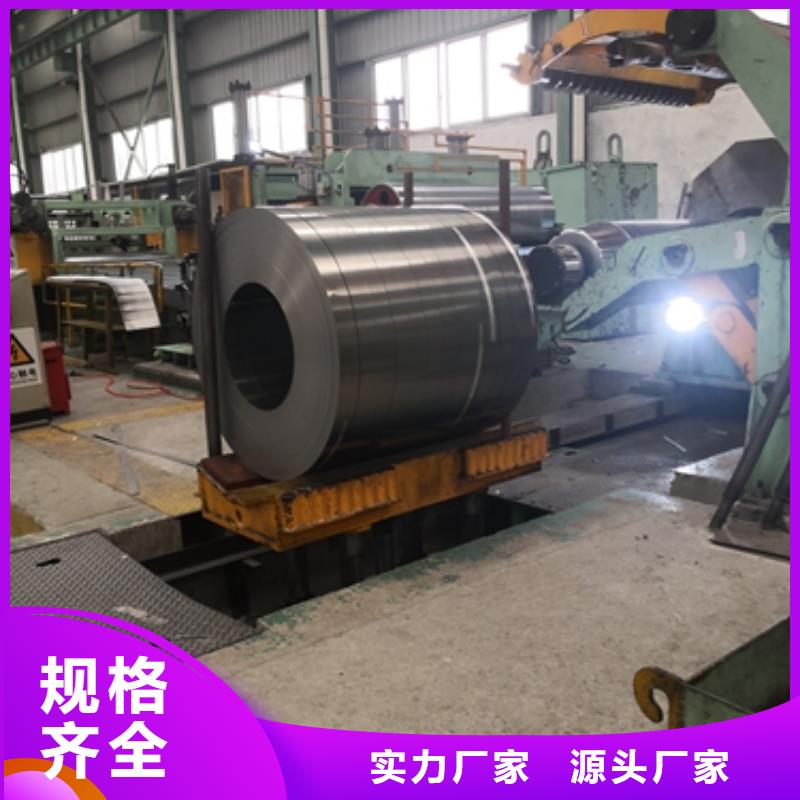
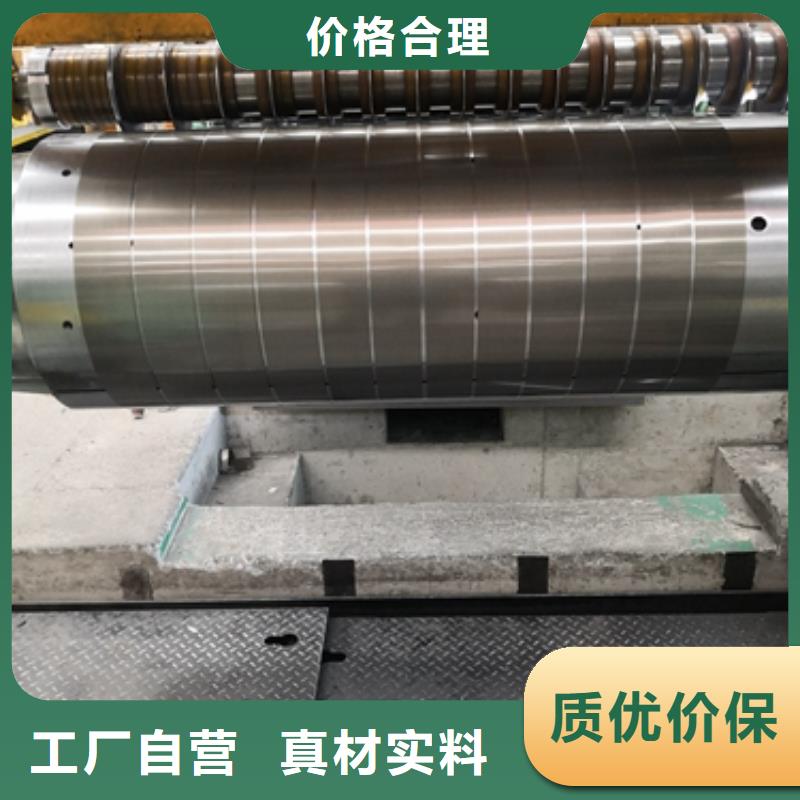
電工鋼硅鋼片:比總損耗(鐵損)specific total loss (iron loss)比總損耗是指磁極化強度按正弦變化,其峰值和頻率為特定值時,單位質量材料所吸收的總功率,比總損耗用符號 P (Jm/f)表示,單位為 W/kg(或 W/lb)。例:P1.7/50表示在磁極化強度在 1.7T、湖北荊州當地頻率在 50Hz 下測得的單位 kg(或 lb)試樣的比總損耗;P1.7/60表示在磁極化強度在 1.7T、湖北荊州當地頻率在 60Hz 下測得的單位 kg(或 lb)試樣的比總損耗。3.2 磁極化強度(磁感應強度)magnetic polarization (magnetic induction)磁極化強度是指試樣受交變磁場磁化時,特定磁場強度峰值的磁極化強度峰值,其符號為 J(H),單位為 T(特斯拉)。例:J800表示對應于磁場強度 H 為 800A/m(用峰值表示)下的磁極化強度。3.3 比視在功率 specific apparent power對于設定的磁極化強度和頻率值,磁化單位質量的鐵芯所消耗的交流電源總功率為比視在功率,其符號為 Ss,單位為 VA/kg。例:Ss1.7/50表示磁極化強度在 1.7T、湖北荊州當地頻率在 50Hz 下測得的單位 kg 試樣的比視在功率。3.4 A 計權磁致伸縮速度水平 A-weighted magnetostriction velocity level,LVA 當磁極化強度隨時間按正弦規律變化,其峰值為某一標定值,變化頻率為某一標定頻率時,單位長度電工鋼片(帶)沿磁化方向上發生磁致伸縮所引起的表面振動聲壓水平為 A 計權磁致伸縮速度水平。
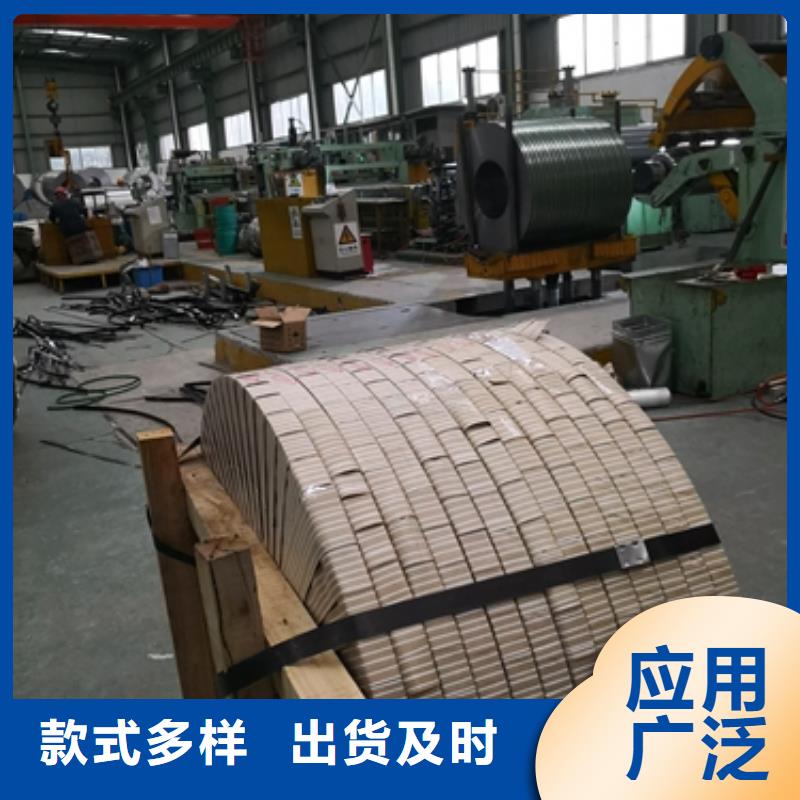
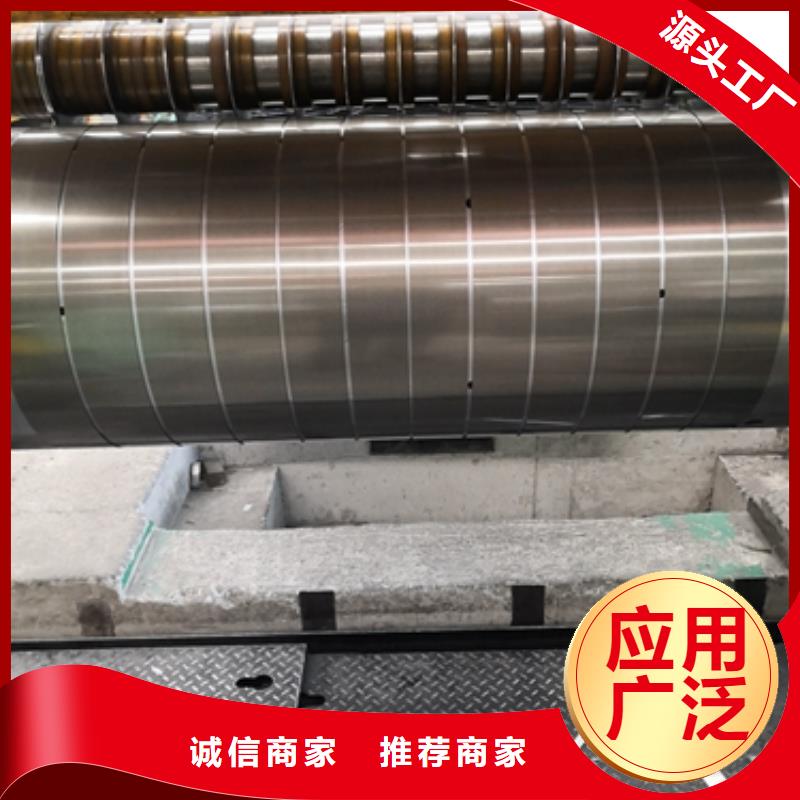
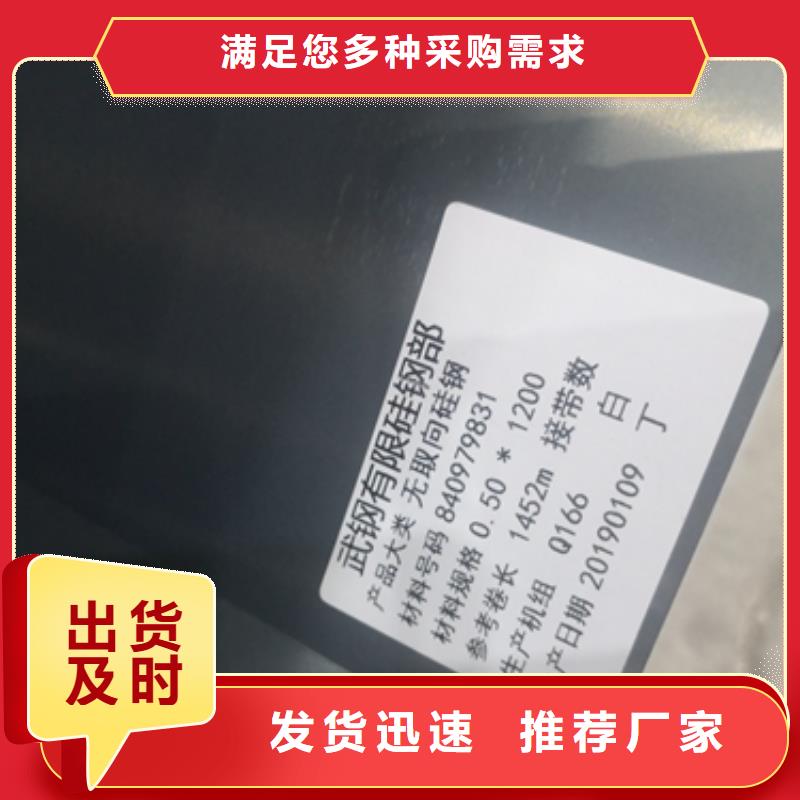
電工鋼硅鋼片Electrical steel, also known as silicon steel sheet, is an indispensable metal material in the power, electronics, and military industries, and is also the largest functional material in production. It is mainly used as the iron core for various motors, generators, and transformers. Since it is a functional material, its performance testing also revolves around "function". These indicators are often mentioned in trade and processing processes, and a brief understanding can help everyone better carry out their work. The performance testing of electrical steel mainly includes the following aspects: magnetic inspection, stacking coefficient inspection, coating adhesion inspection, repeated bending inspection, size and shape surface inspection, and conventional mechanical property inspection. In addition to the types of products listed above, there are also some special purpose electrical steel plates, such as 0.15 and 0.20mm thick 3% Si cold-rolled non oriented silicon steel strips and 0.025, 0.05, and 0.1mm thick 3% Si cold-rolled oriented silicon steel strips, which are used as intermediate and intermediate grade High frequency motors and transformers, as well as pulse transformers, etc; 0.7mm thick 3% Si high-strength cold-rolled non oriented silicon steel plate for relays and power switches; High strength cold-rolled electrical steel plate for new high-speed motor rotors; Low carbon electrical steel hot-rolled thick and cold-rolled plates for magnetic shielding and high-energy accelerator electromagnets such as medical magnetic resonance tomography scanners; 4.5% to 6.5% Si high silicon steel plates for high-frequency motors, transformers, and magnetic shielding.
Generally, motors, transformers, and other electrical components are required to have high efficiency, low power consumption, small size, and light weight. Electrical steel plates are usually guaranteed to have magnetic properties based on core loss and magnetic induction strength. Magnetic induction strength is the number of magnetic lines passing through a unit cross-sectional area of the iron core, also known as magnetic flux density. It represents the material‘s magnetization ability, measured in T. The magnetic induction strength of electrical steel plates is high, and the excitation current (also known as no-load current) of the iron core is reduced. Copper and iron losses are also reduced, which can save electrical energy. When the power of the motor and transformer remains constant, the magnetic induction intensity is high, and the design Bm can be increased. The cross-sectional area of the iron core can be reduced, which reduces the volume and weight of the iron core, and saves the amount of electrical steel plates, wires, insulation materials, and structural materials used. This can reduce the total loss and manufacturing cost of the motor and transformer, and is beneficial for the manufacturing, installation, and transportation of large transformers and motors. The main requirements for the performance of silicon steel are:
1. Low iron loss is the most important indicator of the quality of silicon steel sheets. Various countries classify grades based on iron loss values, with the lower the iron loss, the higher the grade.
2. Under strong magnetic fields, the magnetic induction intensity (magnetic induction) is high, which reduces the volume and weight of the iron core of the motor and transformer, saving silicon steel sheets, copper wires, and insulation materials.
3. The surface is smooth, flat, and the thickness is uniform, which can improve the filling coefficient of the iron core.
4. Good lamination performance is more important for manufacturing micro and small electric motors.
5. The adhesion and weldability of the surface insulation film are good, which can prevent corrosion and improve the punching performan
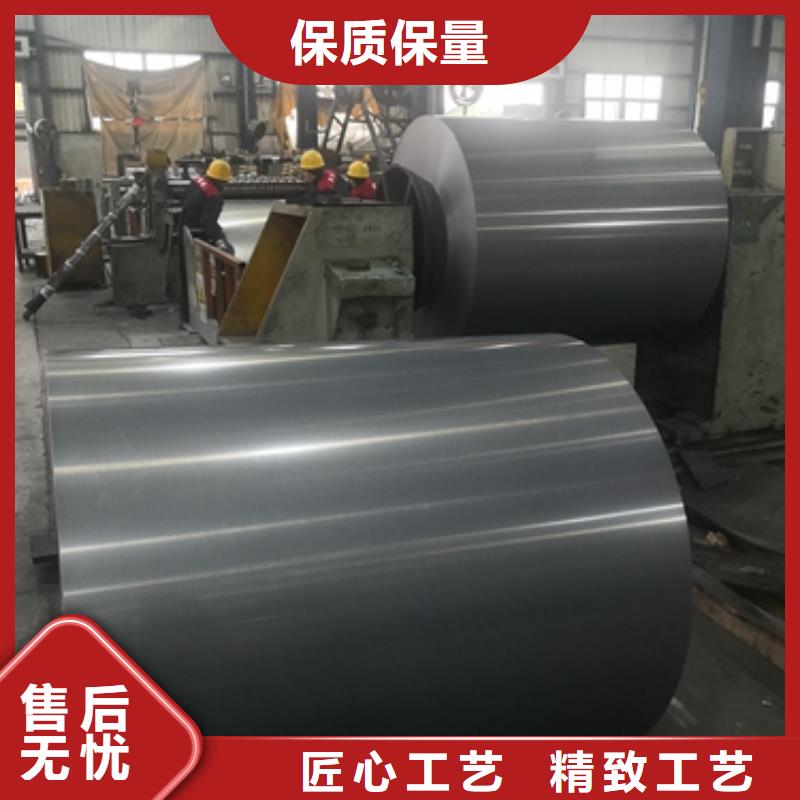
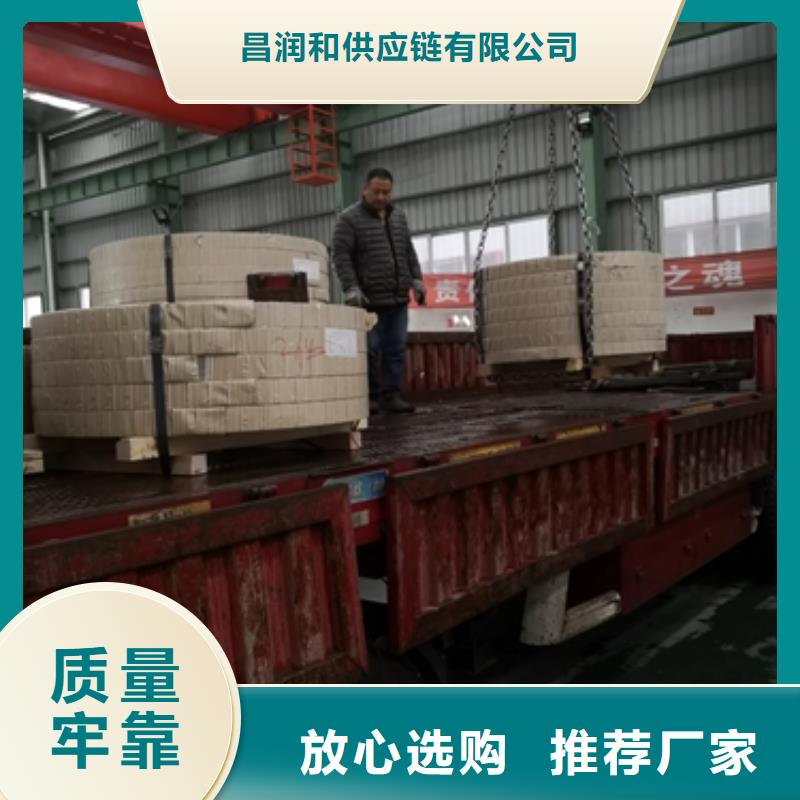
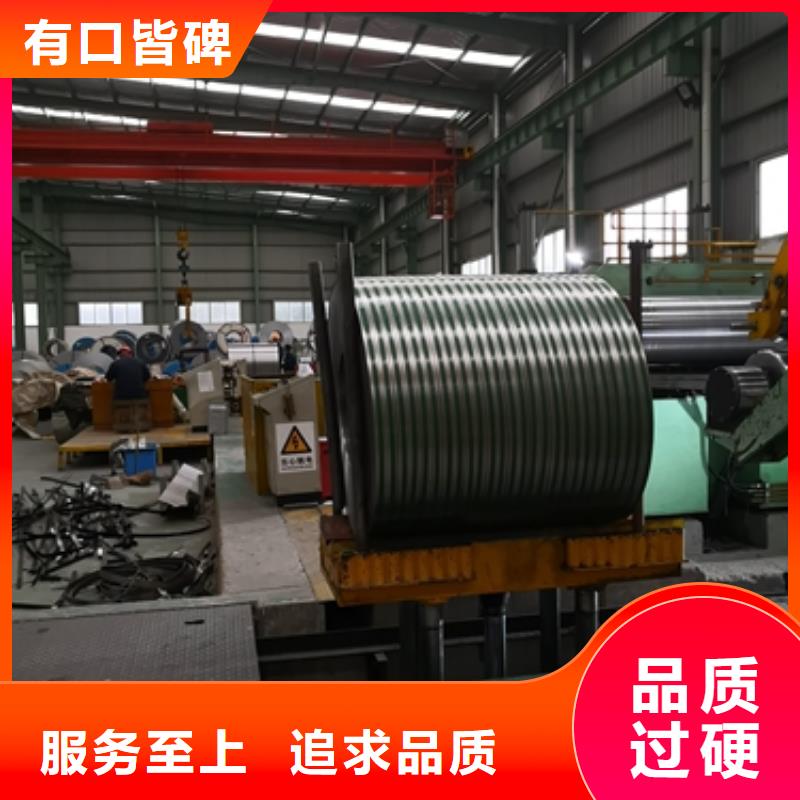
鹿程國際貿易有限公司是一家結集 湖北荊州汽車車輪用鋼銷售、服務于一體的國內知名企業。我公司技術力量雄厚,生產設備精良,檢測手段齊全,質量管理嚴謹,我公司將以z u i可靠的產品質量、z u i優惠的產品價位、z u i完善的售后服務,z u i良好的商業信譽來贏得您對我們的信任和支持。我們竭誠歡迎新老客商蒞臨我公司實地考察、參觀指導!讓我們精誠合作,攜手同心,互惠互利,共創新的輝煌!
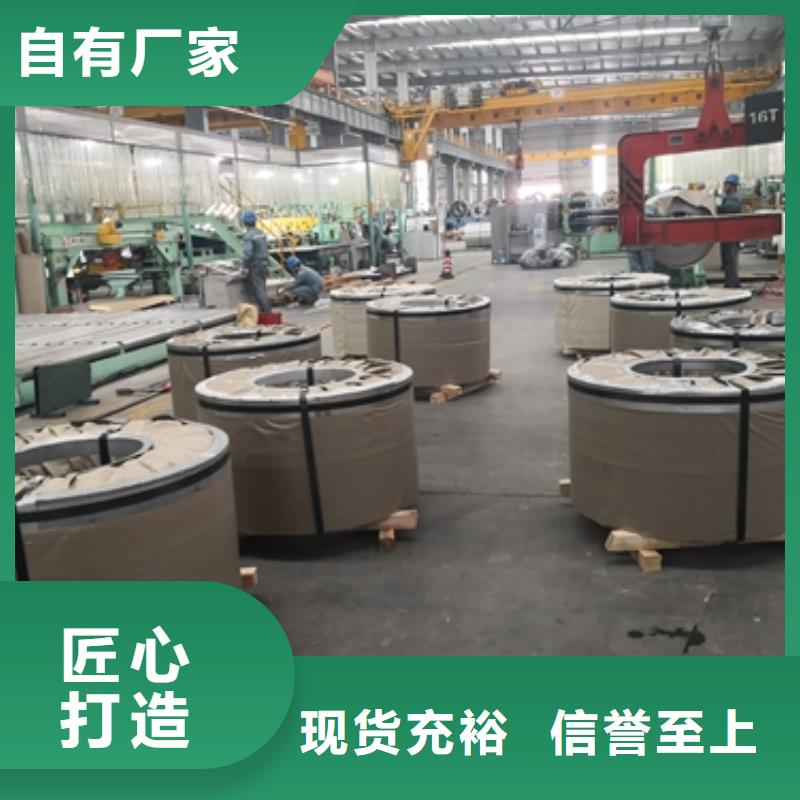
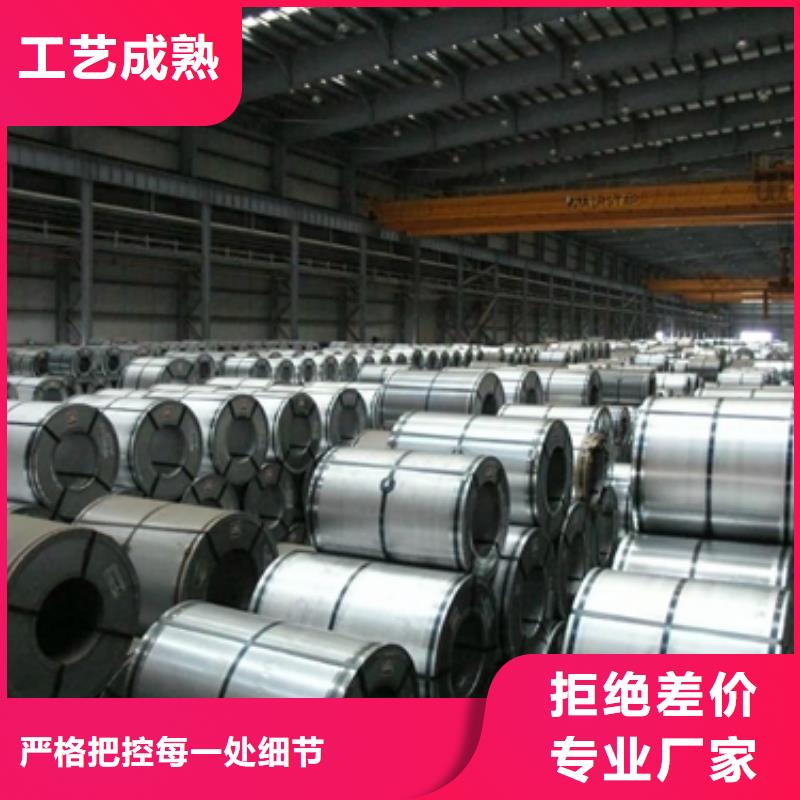
電工鋼硅鋼片硅鋼是一種硅鐵合金。用硅鋼軋制的片材是電工領域中應用廣的軟磁材料,因而硅鋼片又稱電工鋼片。硅鋼片廣泛用于電動機、發電機、變壓器、扼流圈、電磁機構、繼電器及測量儀表中電機工業大量使用厚度為0.35~0.50mm的硅鋼片,用于:中型旋轉機,壓縮電機,通用馬達,小型精密電機,電動汽車,壓縮機,通用電機,電源變壓器,精密變壓器,節能電機,焊機變壓器,穩壓器,磁性密封器,加速器用電磁鐵,汽車電機等;在電信高頻技術中常用0.05~0.20mm的薄帶鋼片,以便更有效地降低渦流損耗。熱軋硅鋼片厚度為0.35~0.50mm,密度為7.55~7.70g/cm3,多用于大、中、小型交、直流電動機;冷軋無取向硅鋼片厚度為0.35~0.50mm,密度為7.65~7.75g/cm3,多用于大型交流發電機、電動機,大、中、小型交、直流電動機;冷軋取向硅鋼片厚度為0.23mm 0.27mm 0.3mm 0.35mm,密度為7.65g/cm3,多用于電力變壓器、油浸式變壓器,干式變壓器,電抗器、磁放大器等;冷軋取向薄帶厚度為0.05~0.20mm,多用于無線電高頻變壓器。
